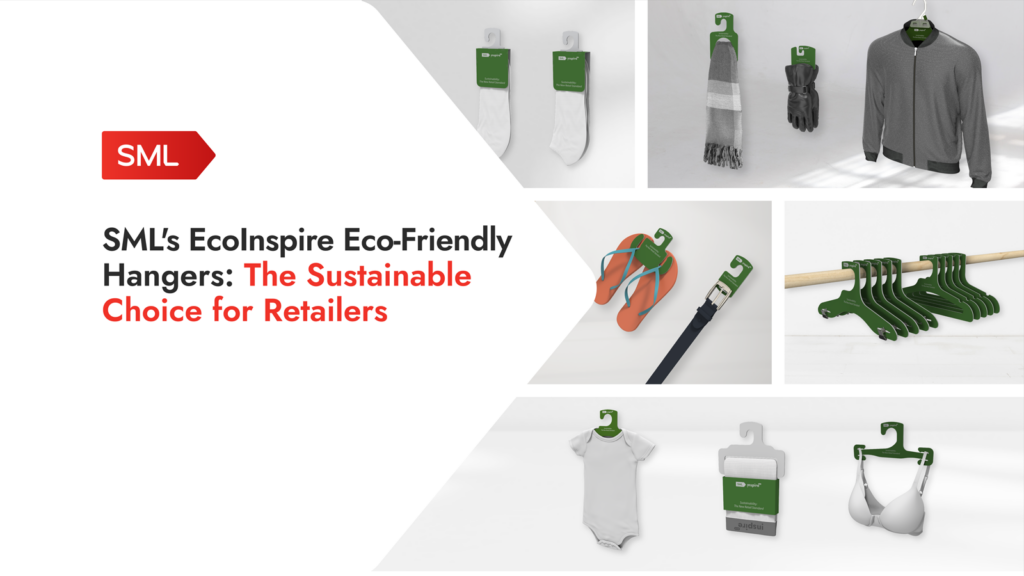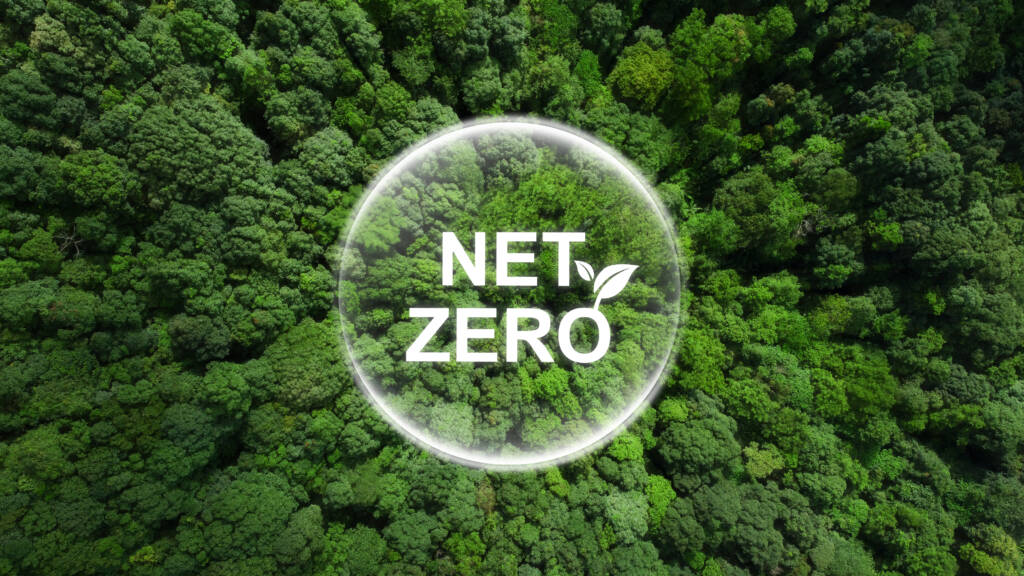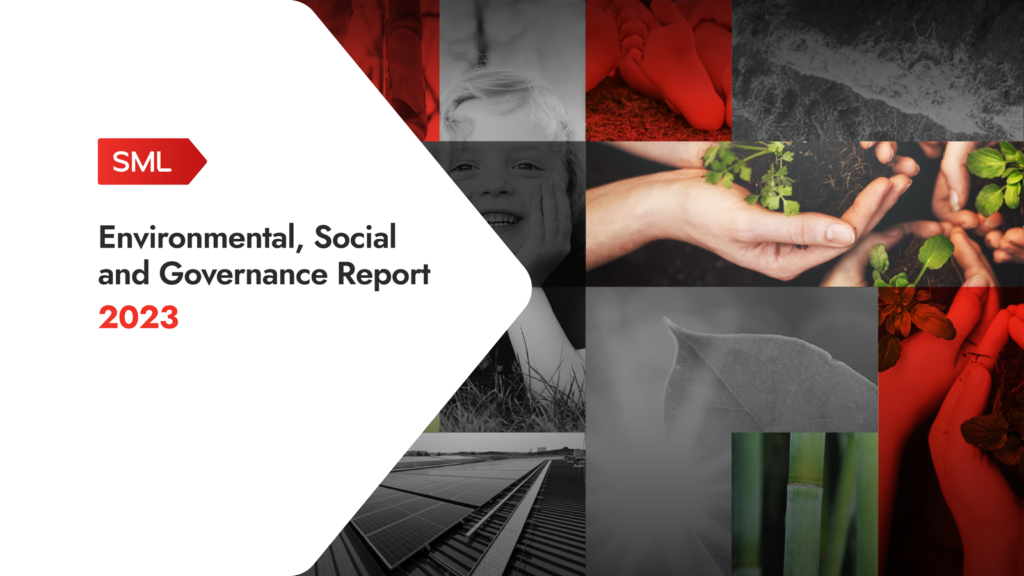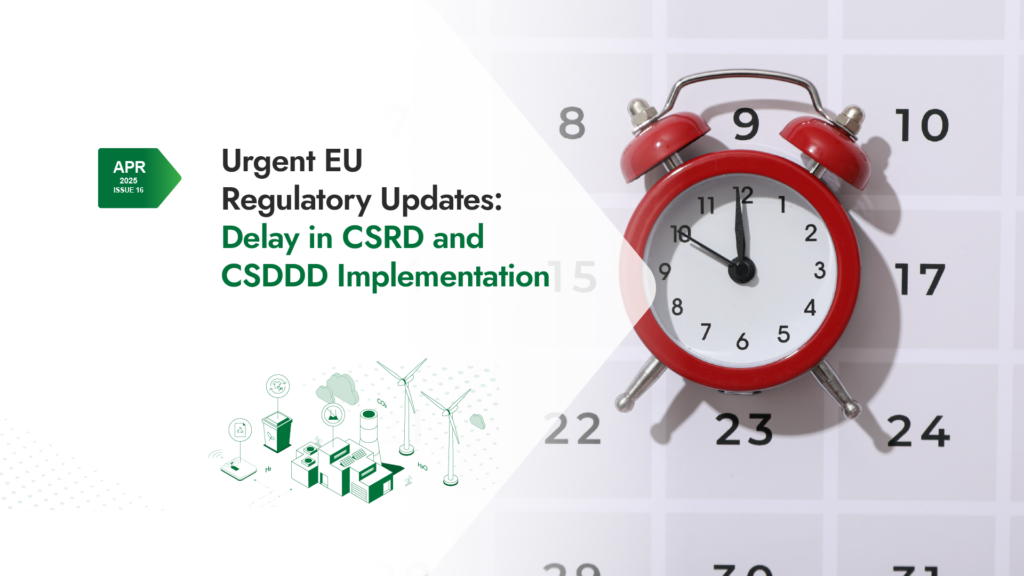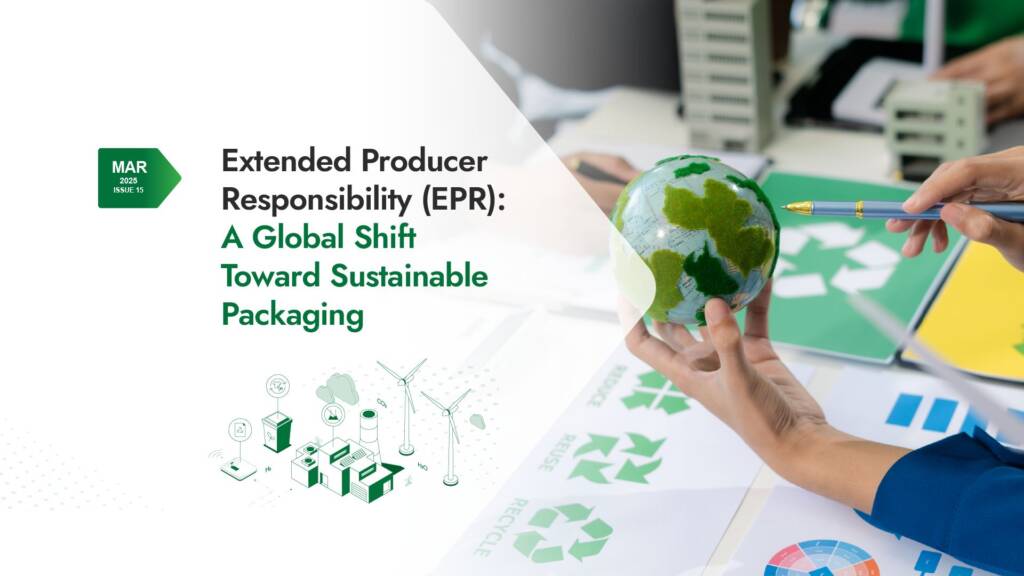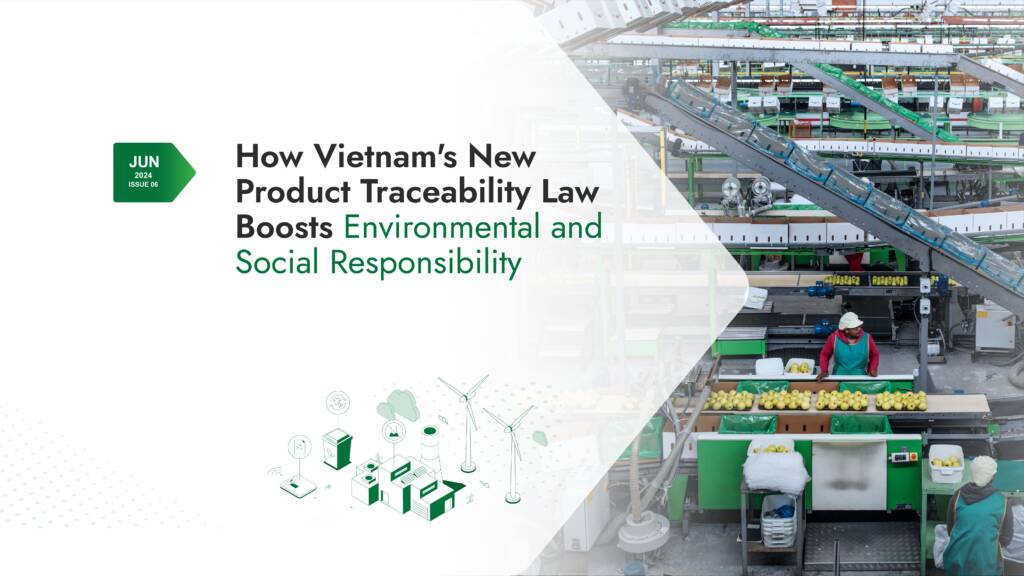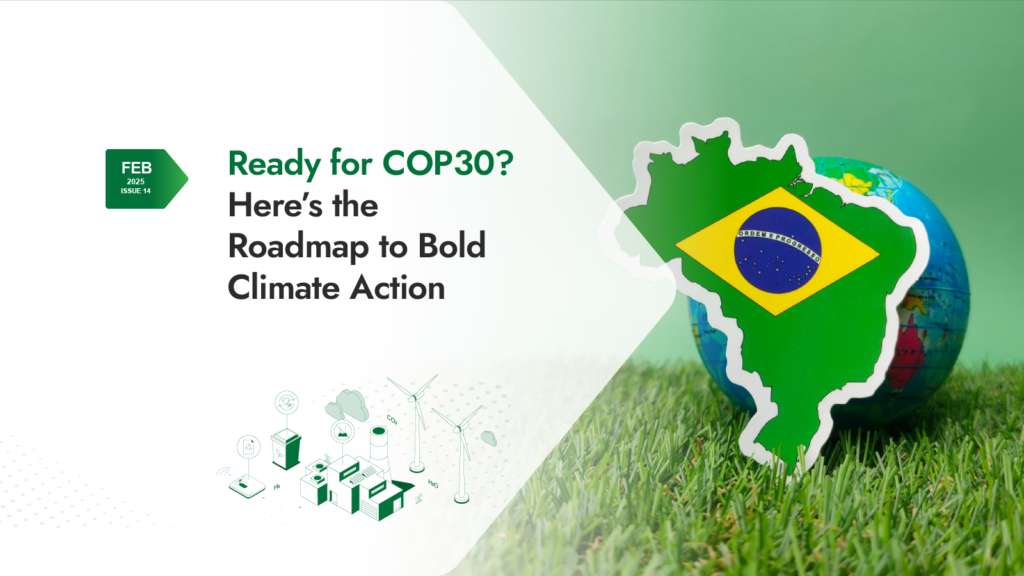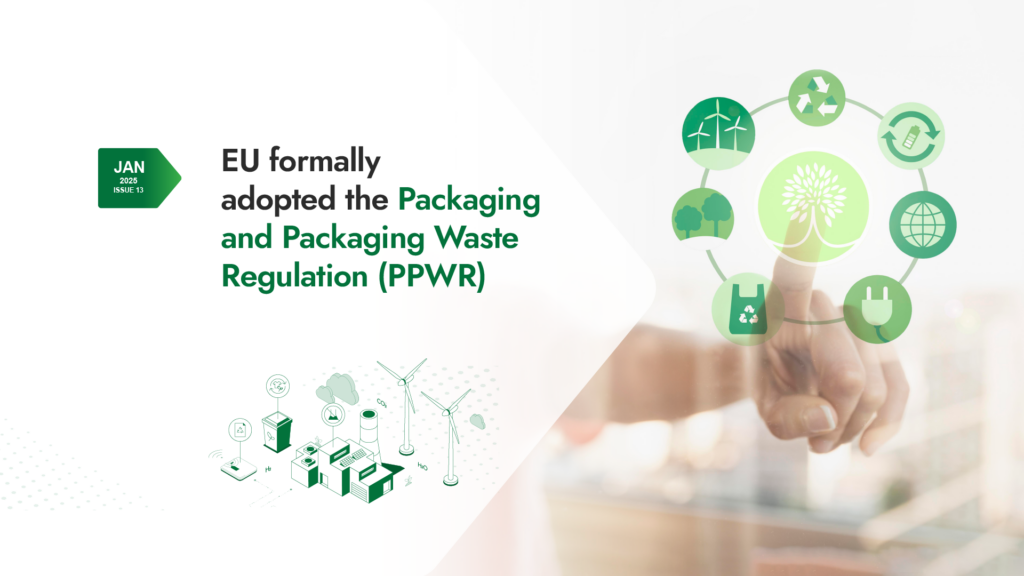Sustainability Insights #17
Concerned about the evolving global regulations on PFAS and their impact on your business?
Contact us today for tailored solutions to ensure compliance, reduce risks, and drive sustainability.
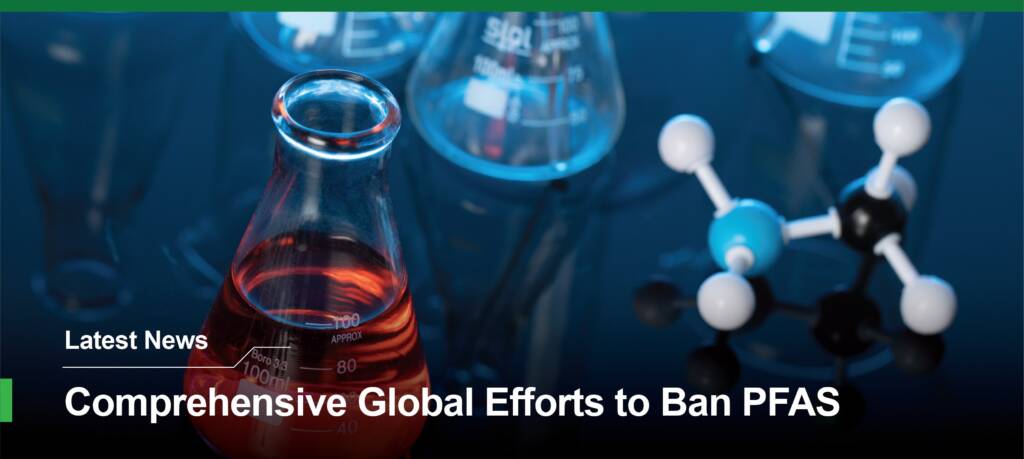
Efforts to ban Per- and Polyfluoroalkyl Substances (PFAS) are gaining momentum worldwide as awareness grows about their risks to human health and the environment. The EU, the United States, and France are leading the way with significant regulatory actions aimed at restricting and eventually eliminating these “forever chemicals“.
European Union: A Comprehensive Proposal Under REACH
The European Chemicals Agency (ECHA) is currently reviewing a proposal under the Registration, Evaluation, Authorisation and Restriction of Chemicals (REACH) framework to impose stringent restrictions on more than 10,000 PFAS substances. This landmark regulatory move reflects the EU’s commitment to addressing the persistent risks posed by PFAS.
France: Leading the Way with National PFAS Legislation
France has taken a significant step forward in addressing PFAS risks with the introduction of “Law No. 2025-188” in February 2025. This law aims to safeguard public health by implementing a phased ban on products containing PFAS that exceed specific residual value thresholds.
Effective January 1, 2026:
The following products will be prohibited if they contain PFAS:
- Cosmetics
- Ski waxes
- Clothing textiles, footwear, and waterproofing agents (intended for consumer use)
Exemptions: Products used for national defense or civil security purposes.
Effective January 1, 2030:
A complete ban will come into effect for all textile products containing PFAS above the defined residual values.
Exceptions:
- Products necessary for essential uses.
- Items critical to national sovereignty.
- Specific technical textiles.
Additional Details:
Residual value thresholds and exemptions will be outlined in a future decree.
United States: Federal and State-Level Actions
The U.S. has implemented several key regulations to address PFAS contamination:
EPA Significant New Use Rule (SNUR):
- Finalized in 2024, this rule restricts inactive PFAS manufacturing without prior EPA review.
Toxic Release Inventory (TRI) Reporting Requirements:
- Starting in 2025, companies must report the release of nine newly added PFAS chemicals, with reporting due by July 1, 2026.
For state’s level, Minnesota, Colorado, and California are enacting stricter bans on PFAS in consumer products, reflecting a growing commitment to environmental safety and public health.
Source: European Chemicals Agency, France, United States
Key takeaways:
Global initiatives to ban PFAS are gaining momentum, with the EU’s stringent regulations, France’s new law prohibiting PFAS in consumer products, and U.S. states enacting stricter bans. These efforts reflect a unified commitment to addressing the health and environmental risks associated with PFAS.
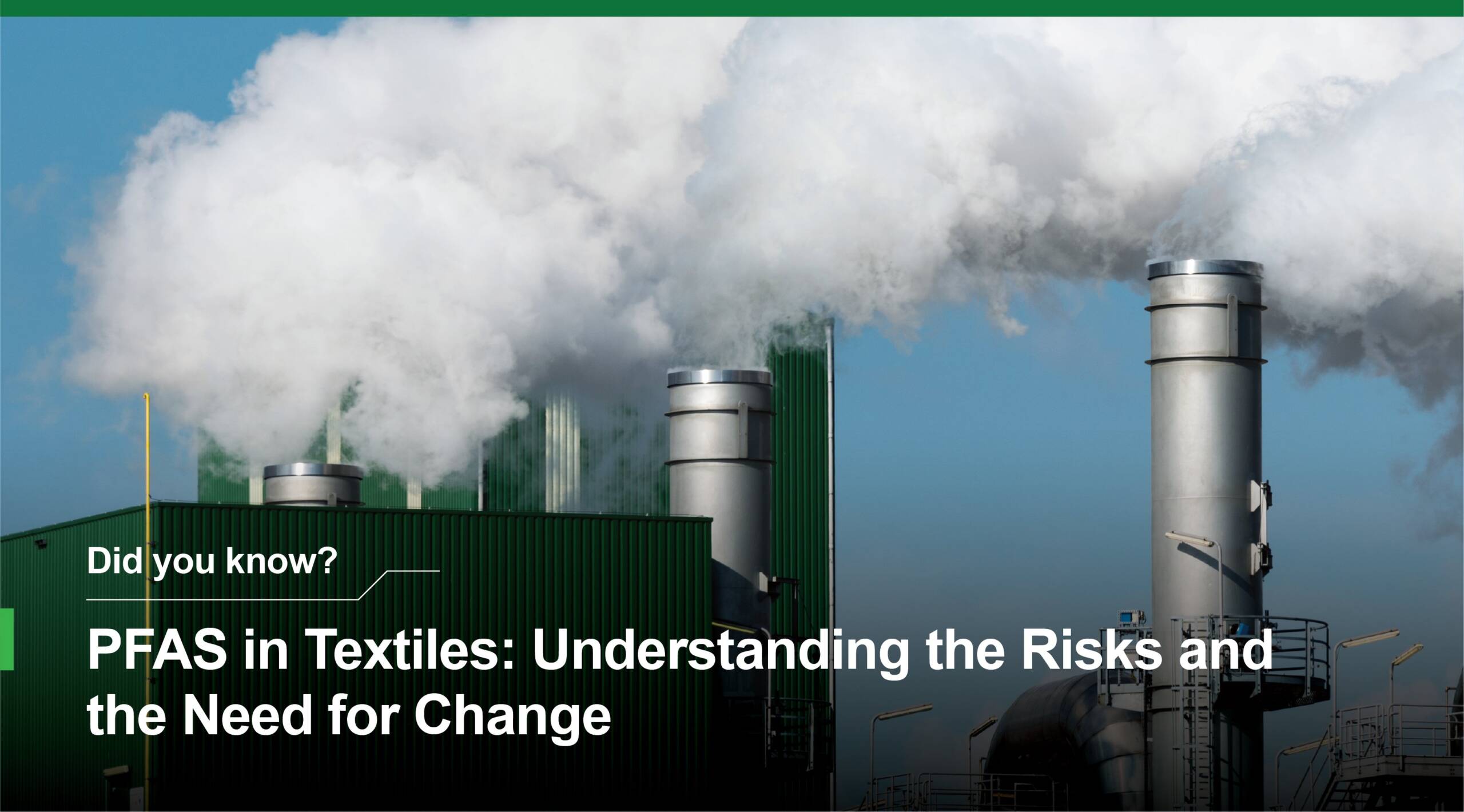
Per- and polyfluoroalkyl substances (PFAS), often called “forever chemicals,” are synthetic compounds widely used across industries, particularly in textiles. PFAS account for 35% of global demand in textiles, providing properties such as:
- Water and oil repellence
- Stain resistance
- Durability and thermal stability
The Problem with PFAS
Despite their utility, PFAS pose significant environmental and health risks:
- Persistent and bioaccumulative: PFAS break down extremely slowly, accumulating over time in the environment and living organisms.
- Health concerns: Exposure to PFAS is linked to adverse health effects, including increased risk of obesity and compromised immune system function
In textiles, PFAS can be released throughout their life cycle—from production to disposal—amplifying their environmental impact.
The Case for Banning PFAS in Textiles
Eliminating PFAS in textiles is vital for fostering a global circular economy. A ban would:
- Encourage the adoption of safer alternatives
- Enhance traceability and improve sorting and disposal practices
- Reduce environmental and health impacts
- Promote sustainable production and consumption
By transitioning to PFAS-free solutions, the textile industry can lead the way in creating a healthier, more sustainable future for the planet.
Source: United States Environmental Protection Agency (EPA)
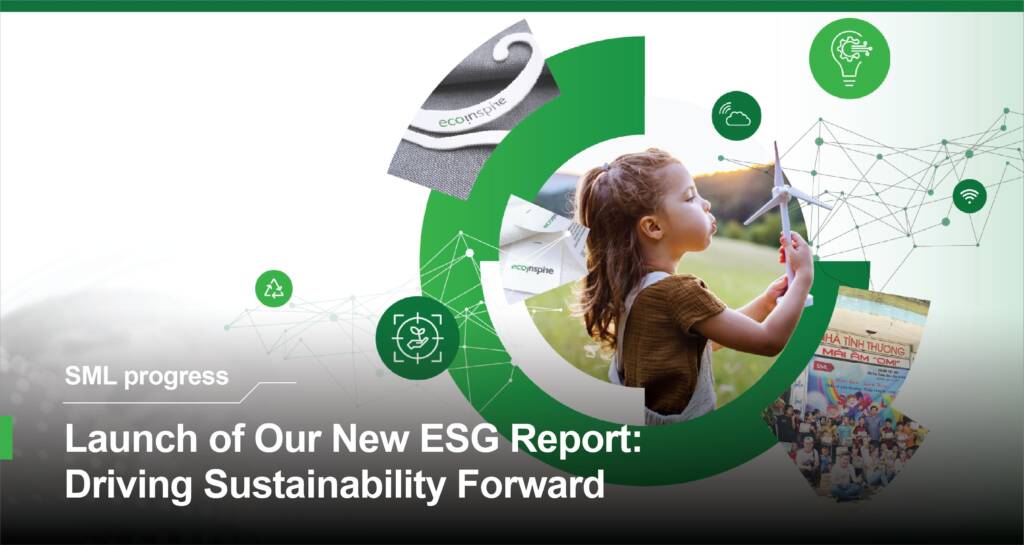
We are thrilled to unveil our ESG Report 2024, highlighting our key achievements and unwavering commitment to sustainability. This year’s report reflects our progress, new initiatives, and dedication to responsible business practices.
Key Highlights from the Report
- Validation of Science Based Targets (SBTi):
- A pivotal milestone in aligning our climate action with the latest science, demonstrating our commitment to impactful environmental stewardship.
- Joining the United Nations Global Compact:
- Reinforcing our dedication to ethical and sustainable business practices on a global scale.
- Energy Optimization Insights:
- Our first Energy Audit at one of our facilities in China identified opportunities to optimize energy consumption and reduce environmental impact.
- Recognition for Sustainability:
- Honored with the “Sustainable Corporate (Environmental) – Outstanding Award” and recognized as a Hong Kong Green Organization.
Explore our journey, achievements, and future sustainability goals in the latest ESG Report 2024!

to discover tailored solutions and
lead the way in sustainability.

